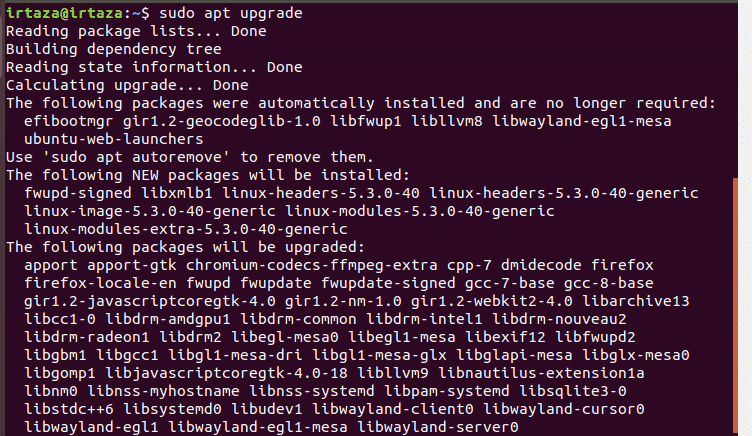

To ensure your environment doesn’t break on upgrade, you can sign up for a free ActiveState Platform account and import your current requirements.txt, ready to be upgraded. This is because pip and pipenv do not resolve dependencies, unlike the ActiveState Platform. NOTE: be aware that upgrading packages can break your environment by installing incompatible dependencies. However, if your deployment is located in a virtual environment, you should use the Pipenv package manager to update all Python packages. The pip package manager can be used to update one or more packages system-wide. In order to maintain the security and performance of your application, you’ll need to update these packages to a newer version that fixes the issue. Unpinned packages are more common in development environments, where the latest version can offer bug fixes, security patches and even new functionality.Īs packages age, many of them are likely to have vulnerabilities and bugs logged against them. Conversely, unpinned packages are typically denoted by >=, which indicates that the package can be replaced by a later version.Pinned packages should never be updated except for a very good reason, such as to fix a critical bug or vulnerability.

Pinned packages in a requirements.txt file are denoted by =.With Python, the best practice of pinning all the packages in an environment at a specific version ensures that the environment can be reproduced months or even years later.


 0 kommentar(er)
0 kommentar(er)
